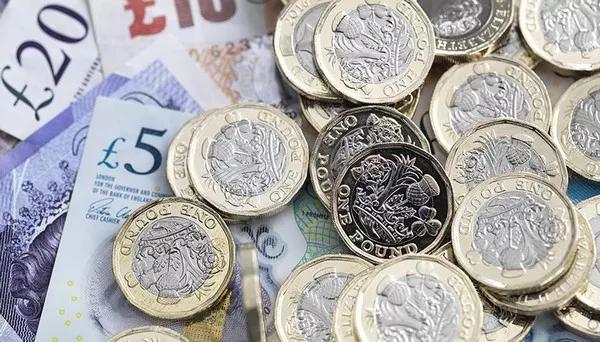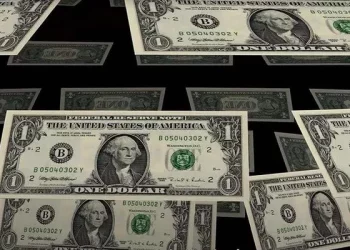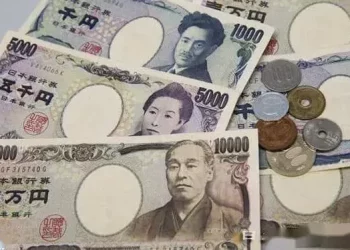On Wednesday, the EUR/GBP cross continued its upward trend for the fourth consecutive day, hovering around 0.8565. This positive momentum comes amidst growing expectations that the Bank of England (BoE) might lower its borrowing costs in June, exerting selling pressure on the Pound Sterling (GBP).
Recent remarks from BoE Governor Andrew Bailey have fueled speculation, suggesting that the UK economy is progressing towards a point where the central bank could initiate interest rate cuts. Conversely, BoE interest-rate setter Jonathan Haskel emphasized caution, indicating that rate cuts should be considered distant despite favorable declines in headline inflation. Additionally, Chancellor of the Exchequer Jeremy Hunt hinted at the potential for rate cuts as inflation approaches its target.
On the Euro side, European Central Bank (ECB) policymaker Robert Holzmann expressed conditional openness to a June rate cut, contingent upon further supportive data. Similarly, ECB policymaker Yannis Stournaras suggested the possibility of rate cuts totaling 100 basis points this year, though consensus within the Eurozone’s central bank remains elusive.
Carsten Brzeski, an economist at ING, emphasized the significance of wage developments and suggested that unless the economy faces significant downturns, the ECB is likely to maintain a restrictive policy stance, awaiting additional data for clarity. This less dovish stance from the ECB could bolster the Euro (EUR) against the GBP and provide tailwinds for the EUR/GBP cross.
Later in the day, the preliminary Eurozone Harmonized Index of Consumer Prices (HICP) for March is set to be released. A report indicating easing inflation in the Euro area could strengthen expectations of ECB rate cuts and potentially weigh on the EUR.

























